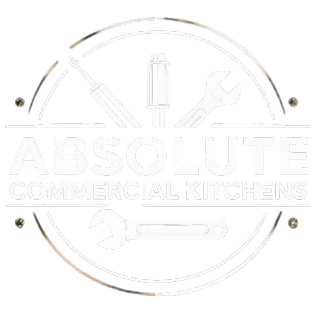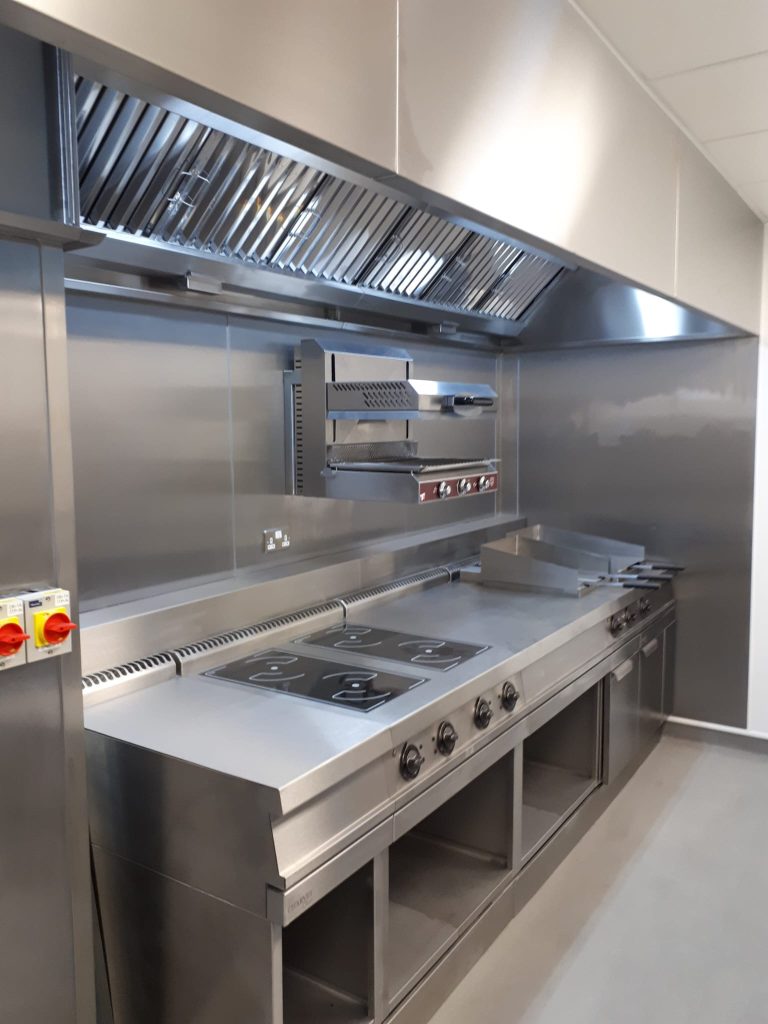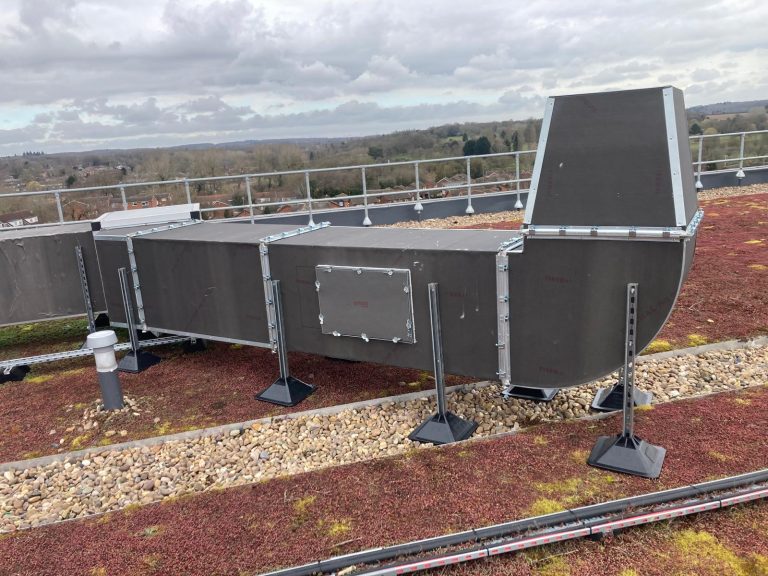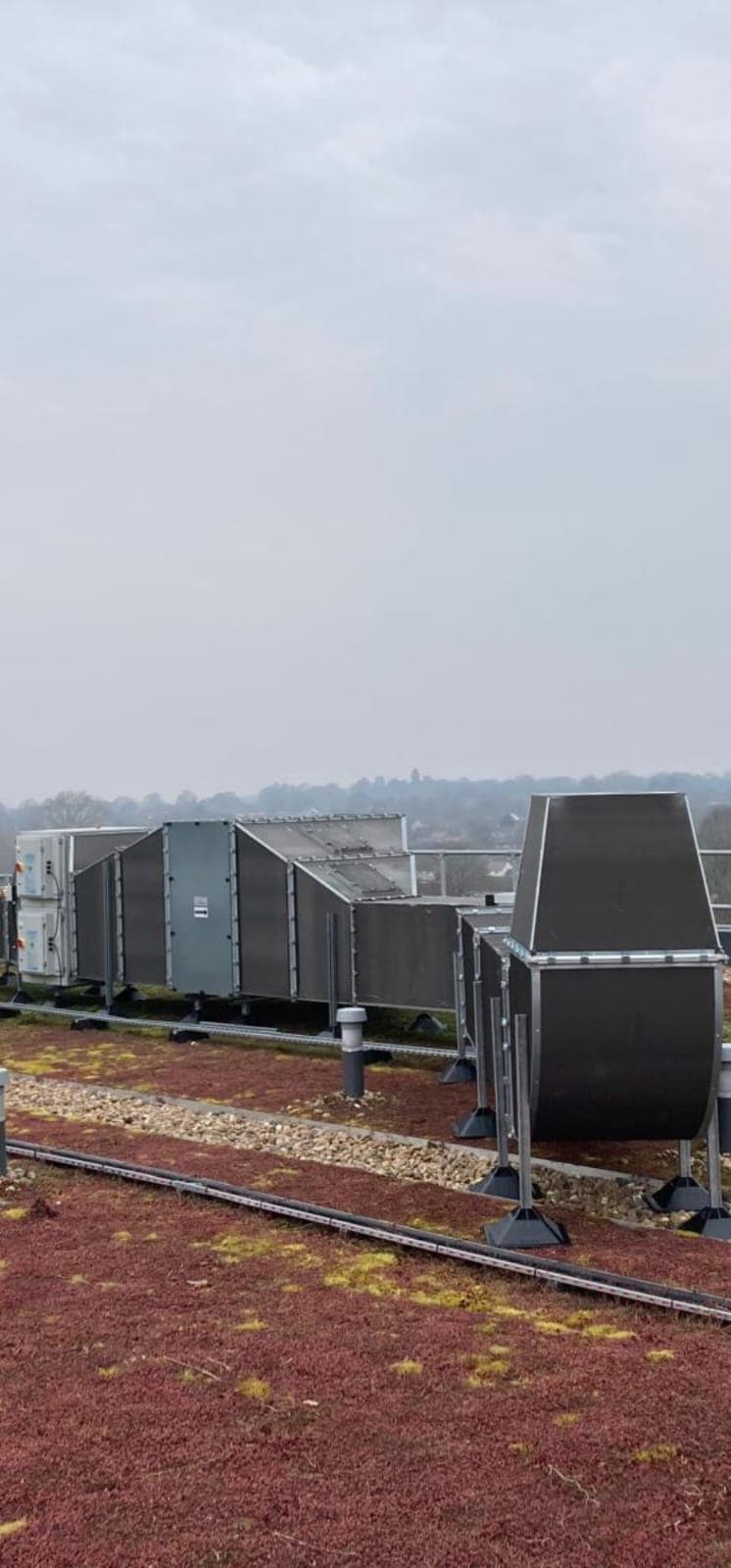When it comes to maintaining hygiene and safety in commercial kitchens, food prep areas, and healthcare settings, walls play a bigger role than you might think. Traditional painted plaster or tiles are prone to cracks, stains, and mould, making them difficult to keep clean. That’s where hygienic wall cladding comes in.
In this guide, we’ll cover everything you need to know about hygienic cladding and Whiterock wall cladding—from what it is and where it’s used, to thickness requirements and alternatives.
What Is Hygienic Cladding?
Hygienic wall cladding is a specialist wall covering, usually made from PVC (polyvinyl chloride), designed to create a smooth, non-porous, and easy-to-clean surface. Unlike tiles or painted walls, it has no grout lines and no cracks where bacteria can build up.
It’s widely used in:
- Commercial kitchens
- Food manufacturing facilities
- Hospitals and healthcare environments
- Laboratories and cleanrooms
Installing cladding through professional hygienic wall cladding installers ensures walls meet strict hygiene regulations, such as those enforced by the Food Standards Agency (FSA).
For more detail, see the UK Food Standards Agency hygiene regulations.
What Thickness Should Hygienic Wall Cladding Be?
The thickness of hygienic wall cladding typically depends on where it will be used:
- 2.5mm PVC sheets – Suitable for most commercial kitchens and food prep areas.
- 3mm–3.5mm sheets – Used for high-impact areas where durability is essential.
- 8mm+ reinforced sheets – Required in environments with extreme wear and tear or where fire resistance is needed.
Most commercial kitchens opt for 2.5mm sheets, as they strike the right balance between strength, hygiene, and cost-effectiveness.
What Is Whiterock Wall Cladding?
Whiterock is a branded type of PVC hygienic cladding manufactured by Altro, one of the leading producers of hygienic wall solutions. It’s well-known in the UK as a durable, compliant, and food-safe cladding option.
Whiterock has become almost a generic term for hygienic wall cladding, but it is a specific product line designed for strict hygiene environments.
👉 See the Altro Whiterock product guide for technical details.
Is Whiterock Waterproof?
Yes. Whiterock is fully waterproof once installed with welded joints or trims. Unlike tiles, which can absorb water through grout lines, Whiterock creates a completely sealed surface that is resistant to moisture, mould, and bacteria growth.
This makes it ideal for kitchens, bathrooms, and any environment where surfaces are regularly exposed to water.
What Is Whiterock Used For?
Whiterock wall cladding is commonly used in:
- Commercial kitchens – For compliance with food hygiene regulations.
- Hospitals & care facilities – To maintain sterile, easily cleaned environments.
- Wet rooms and bathrooms – Thanks to its waterproof properties.
- Food manufacturing plants – Where contamination control is critical.
It’s a versatile product that provides a long-term, low-maintenance solution across many industries.
What Is an Alternative to Whiterock Cladding?
While Whiterock is a popular choice, there are alternatives:
- Generic PVC hygienic wall cladding – Non-branded but still compliant and food-safe.
- Glass-reinforced plastic (GRP) panels – More impact-resistant, often used in heavy-duty applications.
- Stainless steel wall cladding – Ideal for very high-heat or high-wear areas.
Each option has its pros and cons, but for most commercial kitchens, PVC hygienic wall cladding remains the most cost-effective and compliant choice.
Hygienic wall cladding—and in particular Whiterock—is a vital solution for maintaining safe, clean, and compliant environments in kitchens, hospitals, and beyond. With its smooth, waterproof, and bacteria-resistant finish, it not only improves hygiene but also reduces maintenance and cleaning time.
For expert installation, explore our services:



